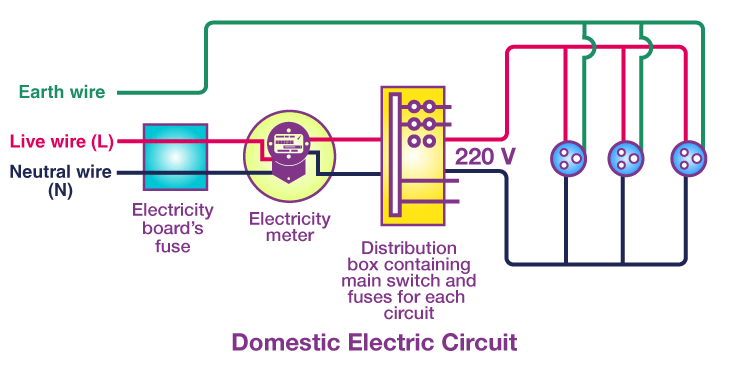
Household electrification is the process of providing access to electricity in households. It is closely linked to the access to electricity in general, and it is an important step in the development of any country. Household electrification is often seen as a key step in reducing poverty and improving the quality of life of people.
There are several ways to achieve household electrification. One of the most common approaches is to build and maintain local power plants, such as hydroelectric or solar power plants, to provide electricity to households. Other approaches include the use of micro-grids and distributed generation, as well as the use of renewable energy sources such as wind and solar.
The benefits of household electrification are numerous. It can provide access to modern appliances and services, such as lighting, refrigeration, and home entertainment. It can also improve health and safety, as it reduces the need to rely on kerosene or other fuel sources for lighting and cooking. Additionally, it can improve education and economic opportunities, as it can provide access to computers and the internet. Finally, it can reduce carbon emissions, as electricity is generally more efficient than other fuel sources.
